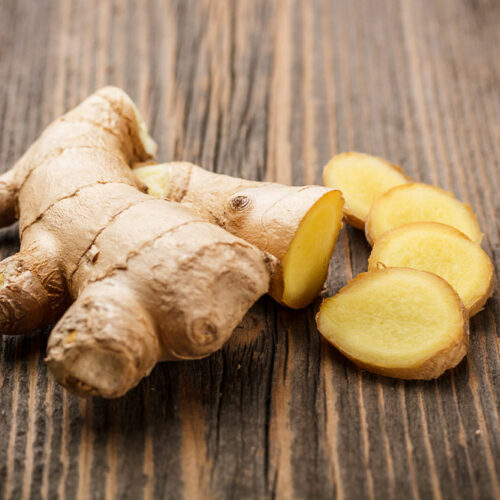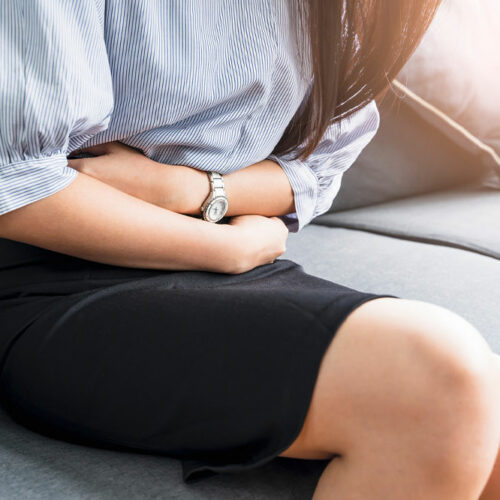5 mistakes to avoid to better manage migraine pain

Migraines are headaches that cause severe pulsing or throbbing sensations, usually on one side of the head. The headaches may be accompanied by symptoms like nausea, vomiting, and sensitivity to light and sound. Migraine attacks can last a few hours to a few days, and the pain may become severe enough to interfere with one’s daily activities. Thankfully, patients can employ self-help remedies and lifestyle modifications to manage the condition better. Managing migraine pain – Mistakes to avoid According to the Migraine Research Foundation, migraine is one of the most misunderstood and undiagnosed conditions. Many patients make mistakes while managing the pain, leading to other health complications. Below are some common mistakes migraine suffers make and solutions to help one manage the symptoms better: Consuming too much caffeine Although small amounts of caffeine can relieve headaches, an excess can have the opposite effect and trigger migraine attacks. Multiple studies have shown that consuming 100 mg of caffeine per day increases the risk of headaches three-fold. Hence, avoiding or eliminating coffee, tea, and other caffeinated beverages is suggested to manage the condition. Skipping meals or eating unhealthy foods Foods with MSG, aspartame, and nitrates can trigger migraine headaches or worsen the symptoms and should be avoided.






